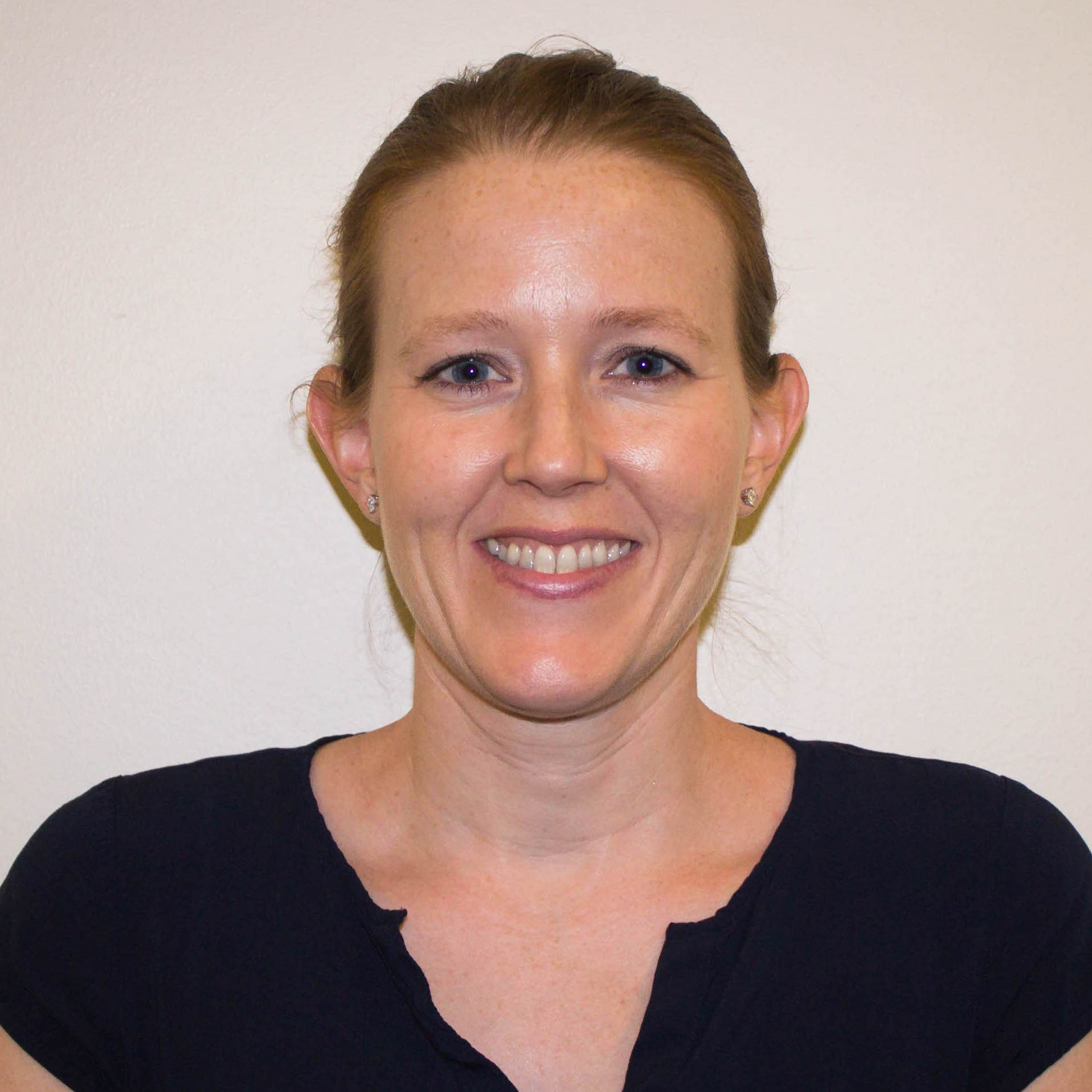Baylor Statistics Professor Receives Early Investigator’s Award for Contributions to Environmetrics Research

Amanda S. Hering, Ph.D., associate professor of statistical science in Baylor University's College of Arts and Sciences, has been awarded the Abdel El-Shaarawi Early Investigator's Award from The International Environmetrics Society.
Amanda Hering, Ph.D., receives international honor for outstanding contributions to environmental statistical and quantitative research
Media Contact: Lori Fogleman, Baylor Media and Public Relations, 254-710-6275
Follow us on Twitter at: @BaylorUMedia
By Cacey Vigil, student news writer, Baylor Media & Public Relations
WACO, Texas (Sept. 23, 2019) – Amanda S. Hering, Ph.D., associate professor of statistical science in Baylor University’s College of Arts and Sciences, has been awarded the Abdel El-Shaarawi Early Investigator’s Award from The International Environmetrics Society (TIES).
TIES is a nonprofit organization that fosters the development and use of statistical and other quantitative methods in the environmental sciences, environmental engineering and environmental monitoring and protection. TIES promotes the participation of statisticians, mathematicians, scientists and engineers to solve problems and to emphasize the need for collaboration and for clear communication among individuals from different disciplines and among researchers and practitioners.
“I’m really honored. The group of statisticians who have won the award in prior years all have done and continue to do great work, and I aspire to do impactful work as they have. In fact, many great statisticians have been nominated, and I’m very honored to just have been considered for the award,” Hering said.
Hering received this international award for her outstanding contributions to the environmental statistical and quantitative research as proved by the number and quality of her publications in the statistical literature.
“She has strong interdisciplinary connections with other scientific communities, especially with respect to important environmental problems,” TIES said on its website. “She is also the recipient of highly rated, externally funded research projects. She has had long-term involvement with the Environmetrics community, together with being an Associate Editor for the Environmetrics journal.”
At Baylor, Hering is a statistician whose work focuses on applied problems in engineering and the environment. Her work aligns with the field of data science, one of the five signature academic initiatives within the University’s Illuminate strategic plan.
“I work with subject-matter experts who have a passion for the problem at hand but are unsure how to extract actionable information from their data,” she said. “Sometimes, we develop new statistical methods, and sometimes we simply modify existing methods. There are a variety of impacts, depending on the application.”
Hering’s research also includes forecasting wind energy to assist with electricity grid integration, modeling wildfire patterns to develop mitigation strategies and developing a better model to understand groundwater dynamics for urban or agricultural needs.
“Currently, I’m working with several wastewater treatment utilities to see how we can use their data better. One example is forecasting ammonia to do data-informed predictive control of air blowers. They aerate the tanks for biological nitrogen removal, and these forecasts can help reduce energy demand and save the utility money,” Hering said.
ABOUT BAYLOR UNIVERSITY
Baylor University is a private Christian University and a nationally ranked research institution. The University provides a vibrant campus community for more than 17,000 students by blending interdisciplinary research with an international reputation for educational excellence and a faculty commitment to teaching and scholarship. Chartered in 1845 by the Republic of Texas through the efforts of Baptist pioneers, Baylor is the oldest continually operating University in Texas. Located in Waco, Baylor welcomes students from all 50 states and more than 90 countries to study a broad range of degrees among its 12 nationally recognized academic divisions.
ABOUT THE COLLEGE OF ARTS & SCIENCES AT BAYLOR UNIVERSITY
The College of Arts & Sciences is Baylor University’s oldest and largest academic division, consisting of 25 academic departments and seven academic centers and institutes. The more than 5,000 courses taught in the College span topics from art and theatre to religion, philosophy, sociology and the natural sciences. Faculty conduct research around the world, and research on the undergraduate and graduate level is prevalent throughout all disciplines. Visit www.baylor.edu/artsandsciences.